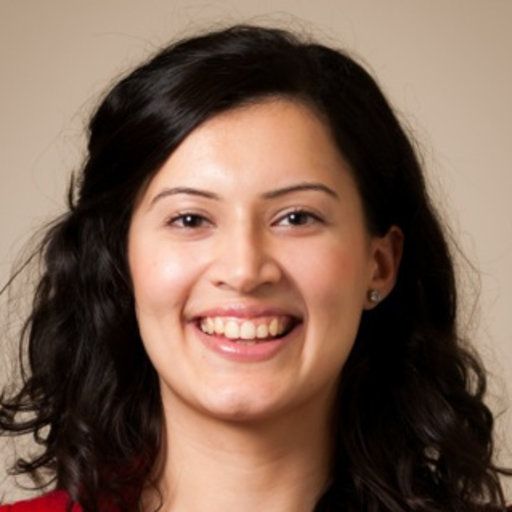Article
Fetal Hemoglobin Safely Increases with Escalated Hydroxyurea in Infants with Sickle Cell Anemia
Author(s):
Compared with infants kept on a standard dose of hydroxyurea, those receiving escalating doses showed greater increases in HbF and HB without significant toxicity.
Meghna Dua, MD

Meghna Dua, MD, Department of Global Pediatric Medicine, St. Jude Children's Research Hospital, presented data from her team's findings regarding hydroxyurea dosing in very young children with sickle cell anemia (SCA) at the American Society of Hematology (ASH) Annual Meeting and Exposition.
With little research published regarding infant tolerance for hydroxyurea dose escalation, Dua and investigators began "Hydroxyurea Management in Kids: Intensive versus Stable Dosage Strategies" (HUGKISS) in order to determine the feasibility of enrolling, randomizing, and treating very young children with sickle cell anemia, either with a fixed or intensified dose of hydroxyurea.
While the original trial (BABY HUG) showed that a fixed-dose of hydroxyurea 20 mg/kg/day was safe and effective in improving sickle cell anemia complications in children aged 9-18 months, children who received treatment continued to experience vaso-occlusive episodes (VOEs) and symptoms along with organ damage.
However, older children and adults with SCA benefit from the intensification of hydroxyurea to a maximum tolerated dosage, defined by mild to moderate myelosuppression. Laboratory parameters and clinical benefits compared to fixed lower dosing has been shown in association with maximum tolerated dosage.
Standard vs. Intensive Hydroxyurea in Infants & Young Children
This study (HUGKISS) consisted of a single-blind, randomized, multicenter pilot trial of hydroxyurea in infants and todders aged 9-36 months who have sickle cell anemia. This population was then compared with the "standard" dose of treatment (20 mg/kg/day) to see how their "intensive" treatment would collate, as defined by a goal absolute neutrophil count (ANC) of 1500-3000 cells/µL.
A 1:1 ratio for randomization was used for the standard or intensive treatment group, stratified by center and age (9-24; 24-36 months). Both groups began treatment at the standard dose of 20 mg/kg/day, though the standard group sustained that dosage while the intensive group escalated.
Patients in the intensive group increased by increments of 5 mg/kg/day, based on tolerability. The maximum dose, adjusted every 8 weeks, was 35 mg/kg/day with the goal of maintaining ANC.
Clinical, laboratory, and medication adherence assessments took place every 4 (±2) weeks of the trial duration. Principal investigator and medical center staff were blinded to treatment allocation, though hydroxyurea volume was not blinded to patients or caregivers.
Benefits of Escalated Hyrdoxyurea in Very Young Patients
Results from this study included 26 young children who were randomized to standard treatment and 25 young children randomized to intensive treatment. No statistically significant differences were noted for their ages or laboratory values at time of randomization. A year after onset, 19 and 23 patients were able to be evaluated in the standard and intensive groups, respectively.
Mean hydroxyurea doses were 27.2 mg/kg/day among those in the intensive group, and 18.8 mg/kg/day in the standard group by the end of the study. The intensive group demonstrated significantly greater increases (38.8%) in fetal hemoglobin (HbF) compared with the standard group (26.1%), with a median hemoglobin (Hb) increase of 1.2g vs. 0.4g, respectively.
"Intensive hydroxyurea treatment induced greater increases in HbF and Hb than standard dosing without significant toxicity in very young children with SCA, and may blunt or delay the fall in HbF seen after 6 months of therapy with lower doses," investigators concluded. "HUGKISS demonstrated the feasibility of treating very young children with SCA with intensive dose hydroxyurea."




